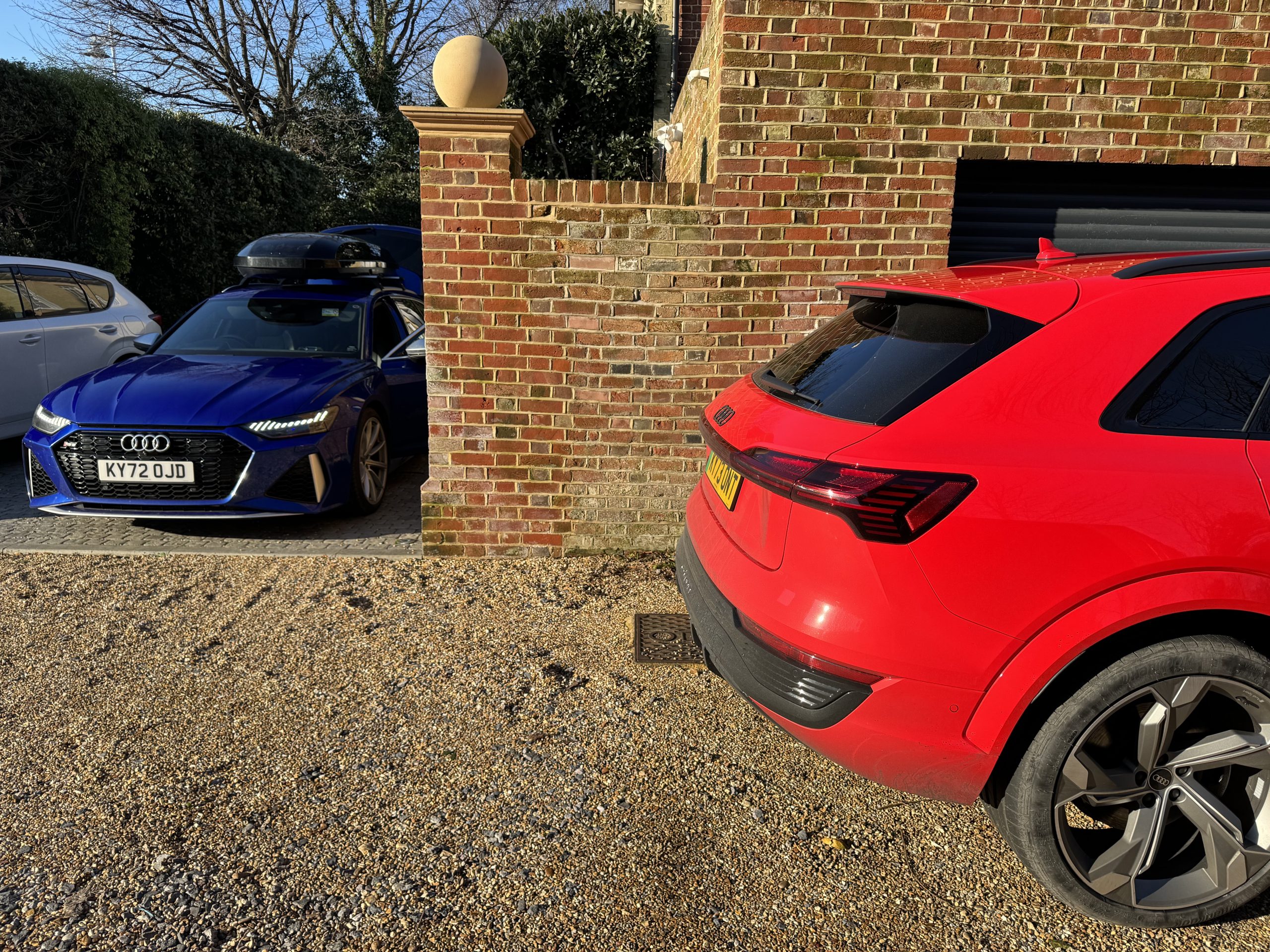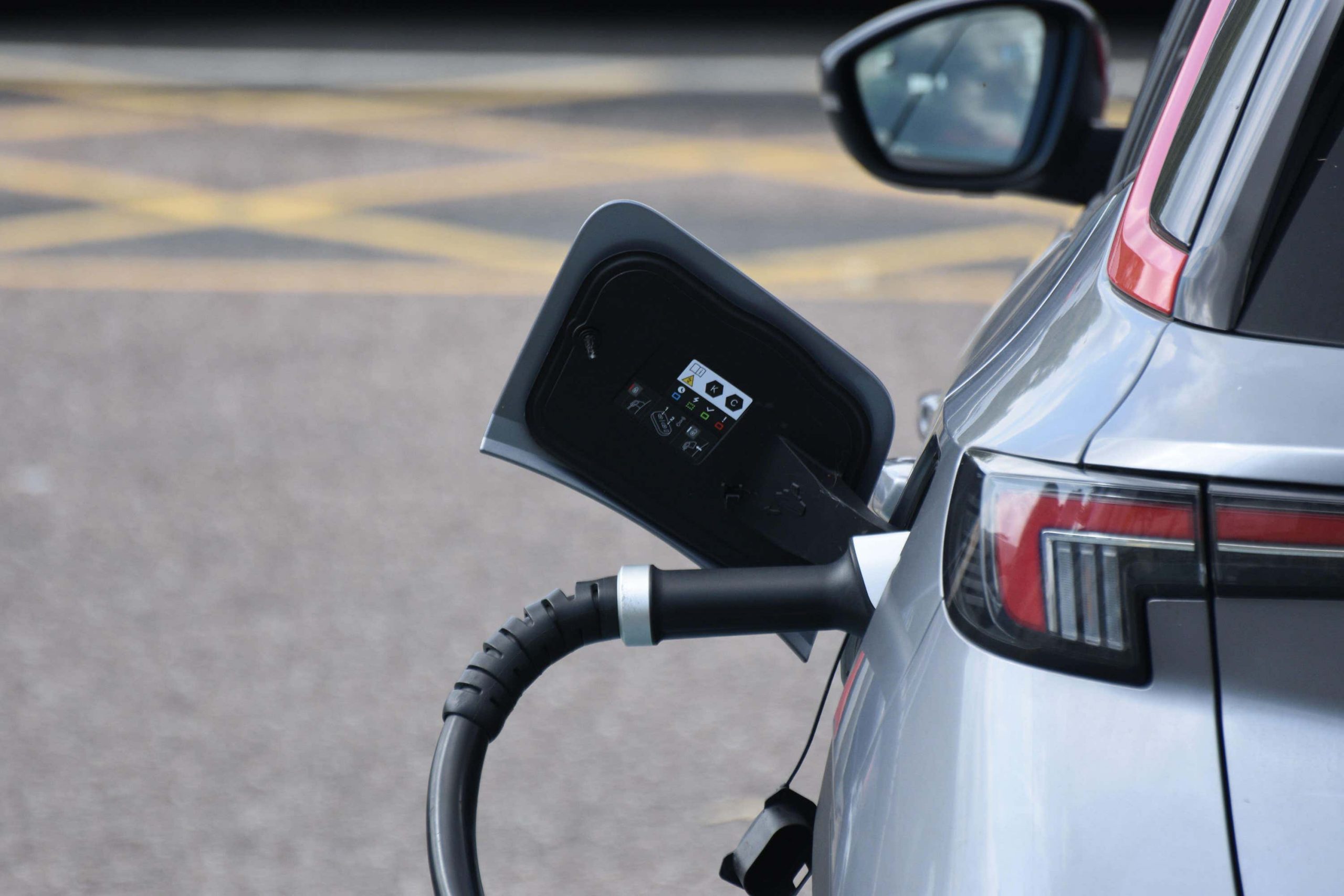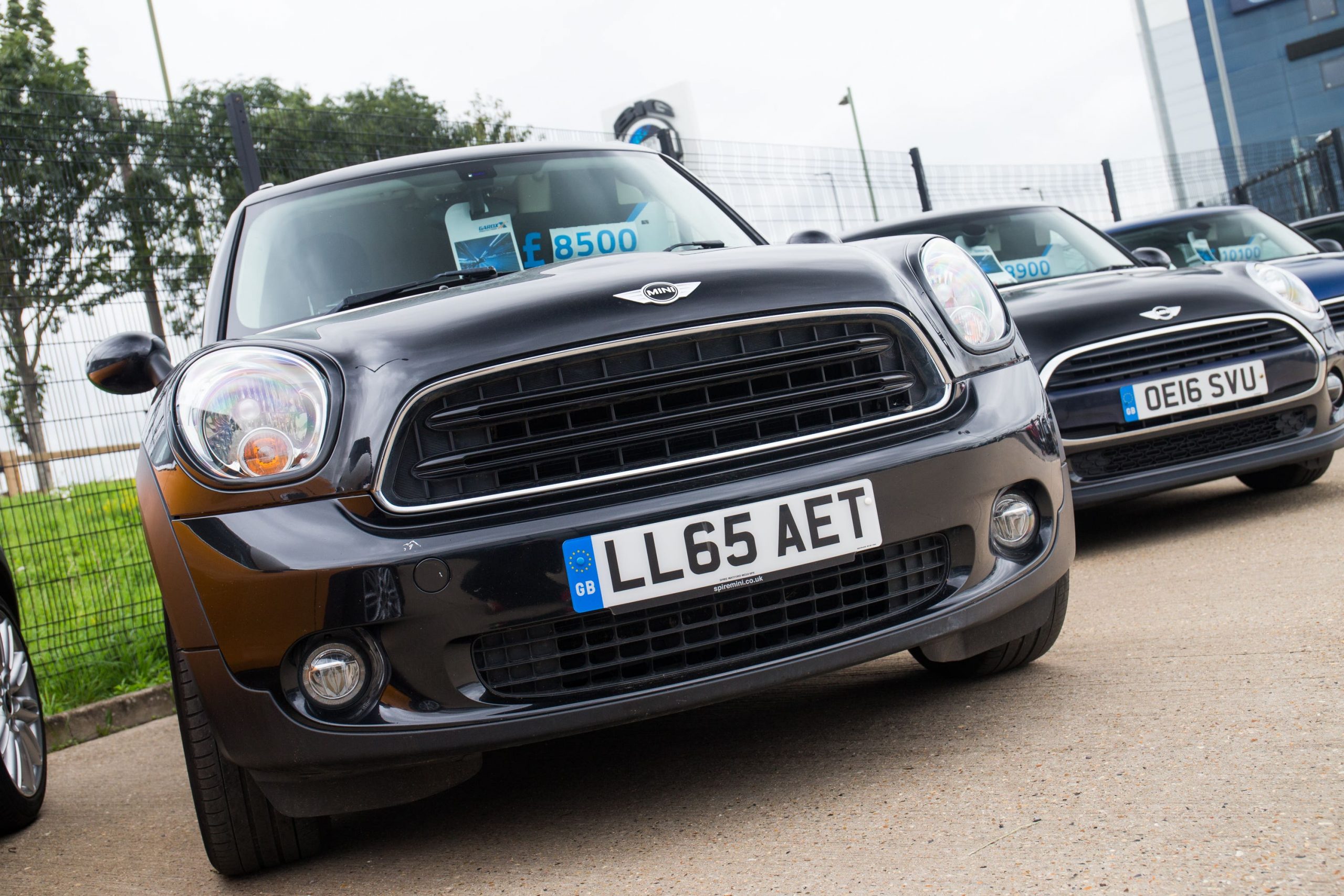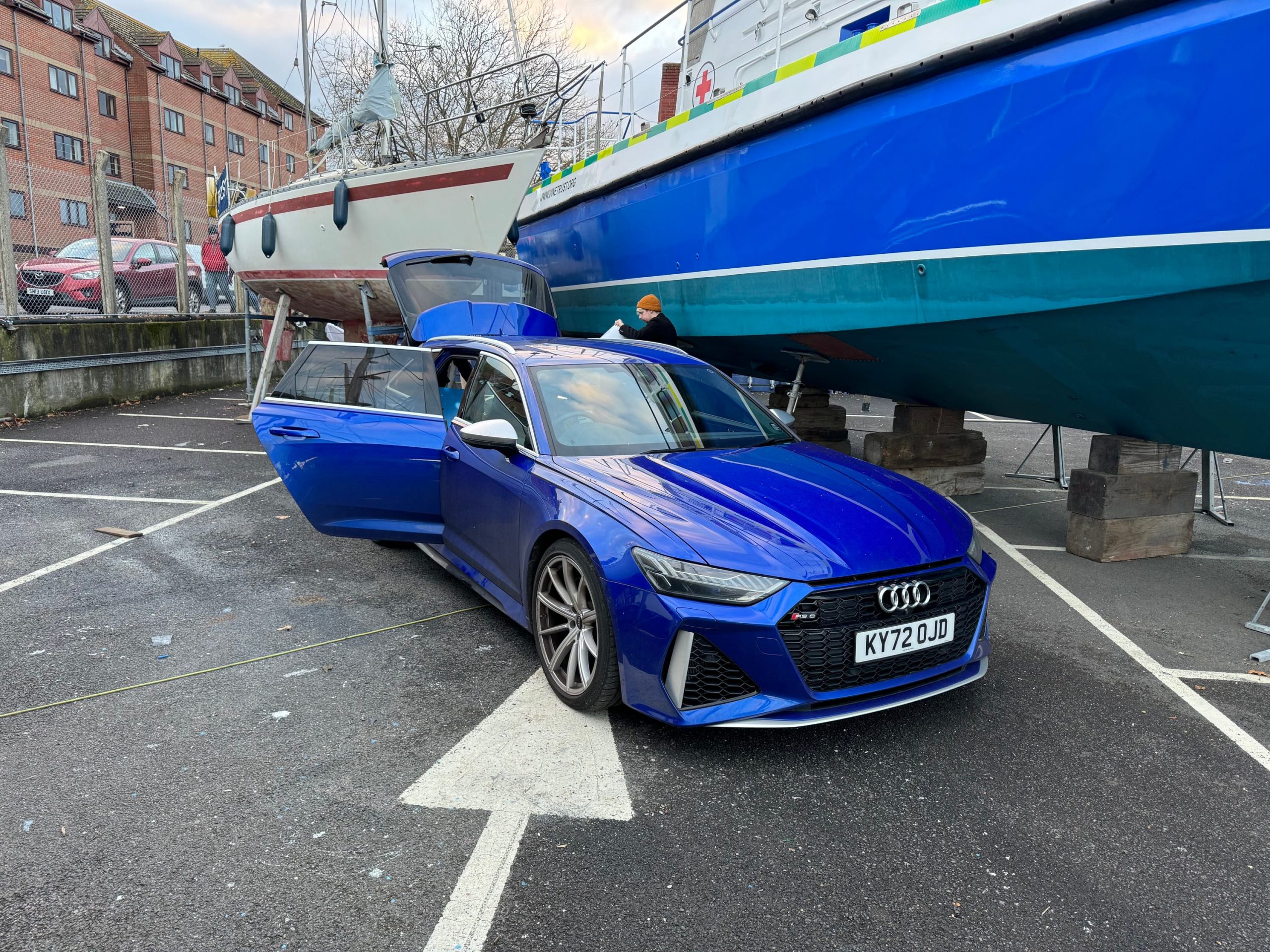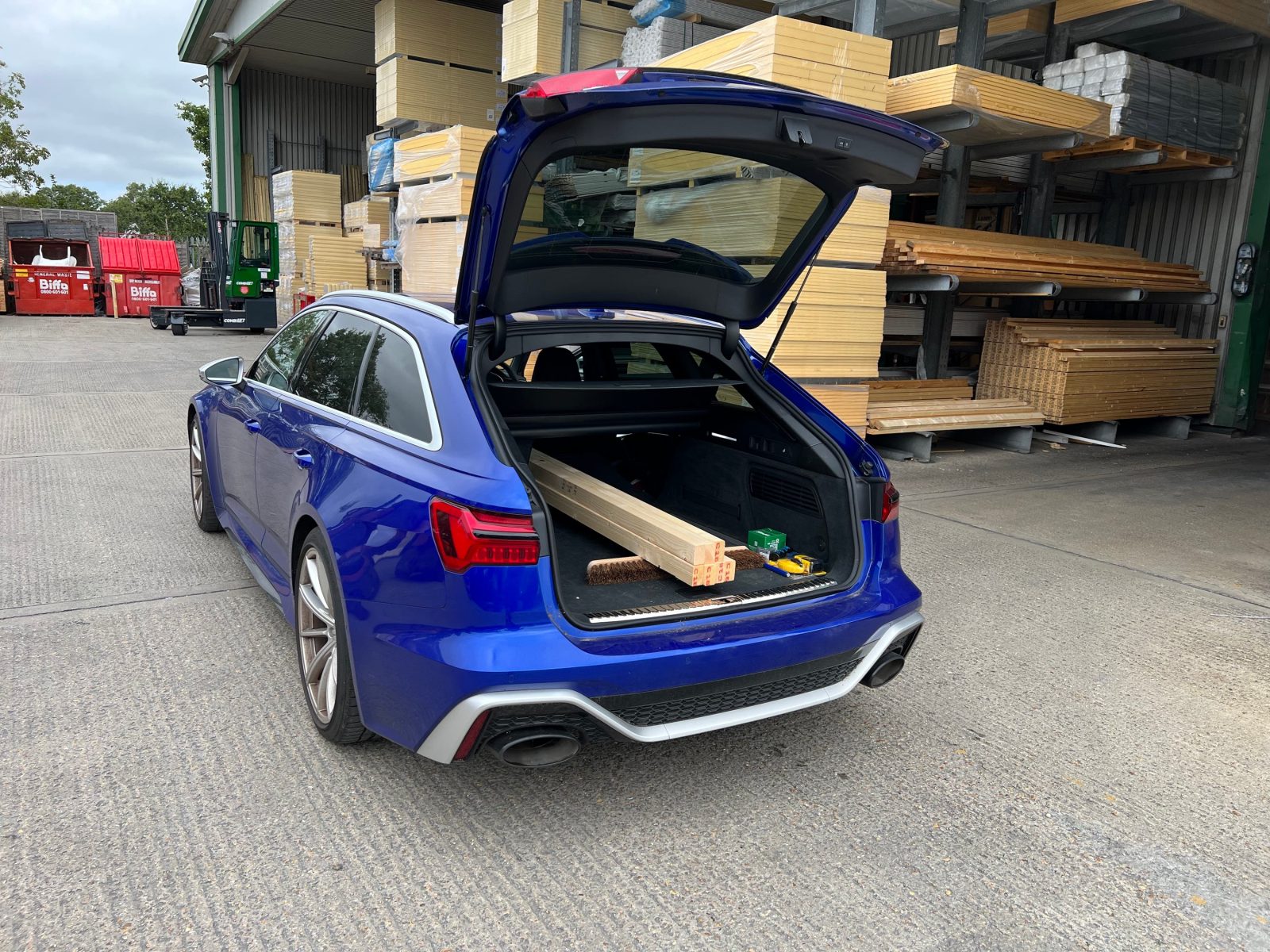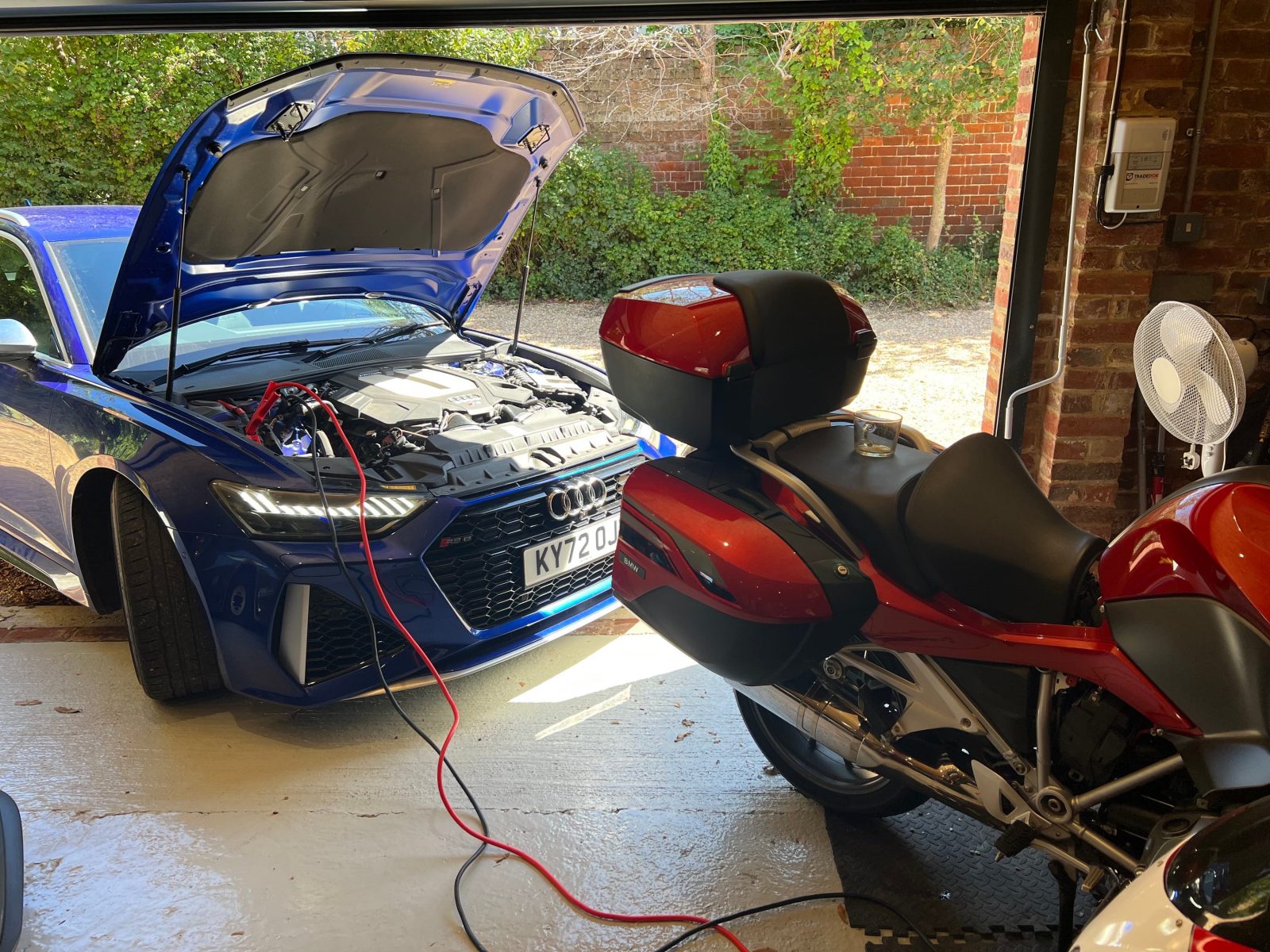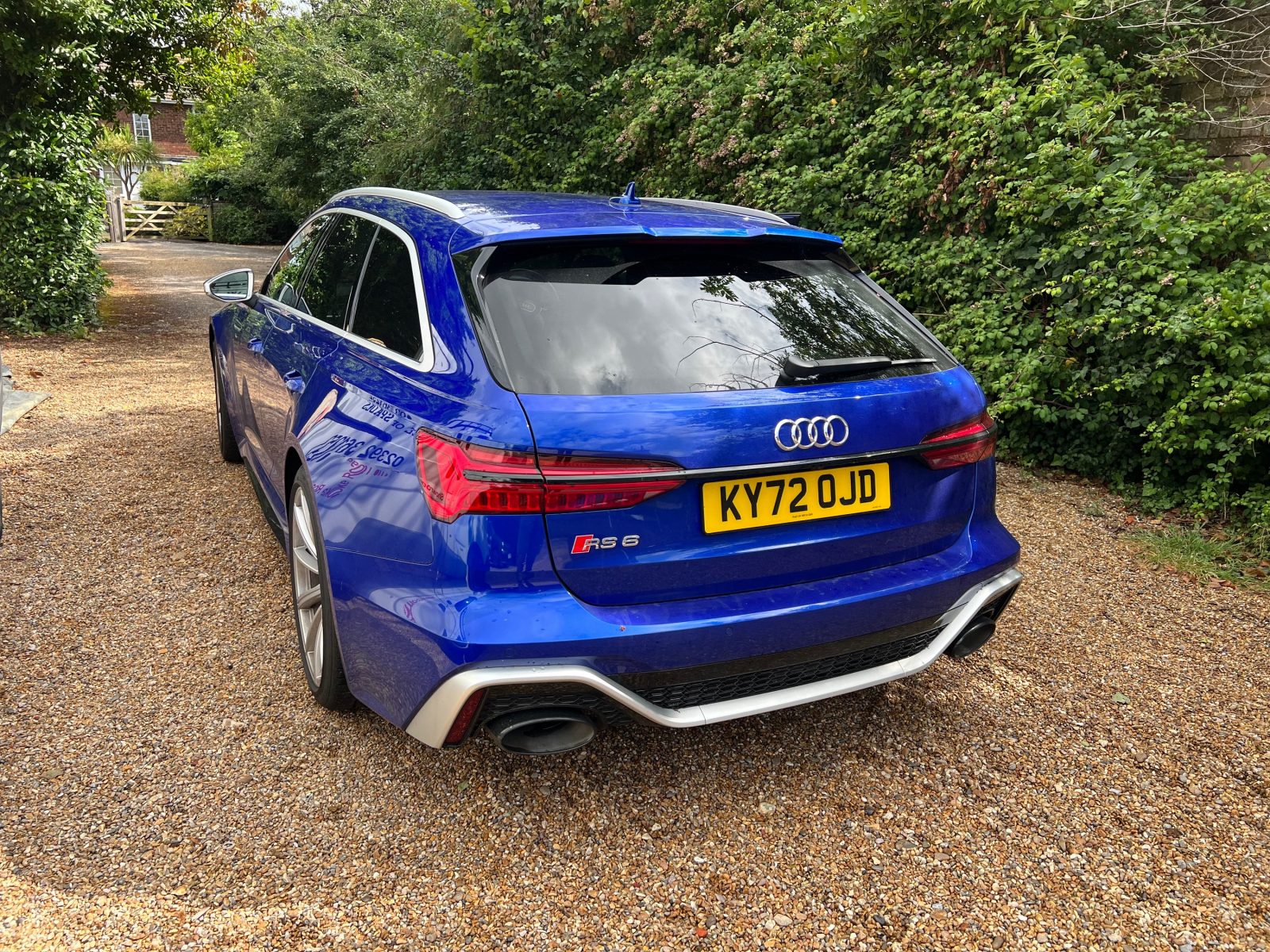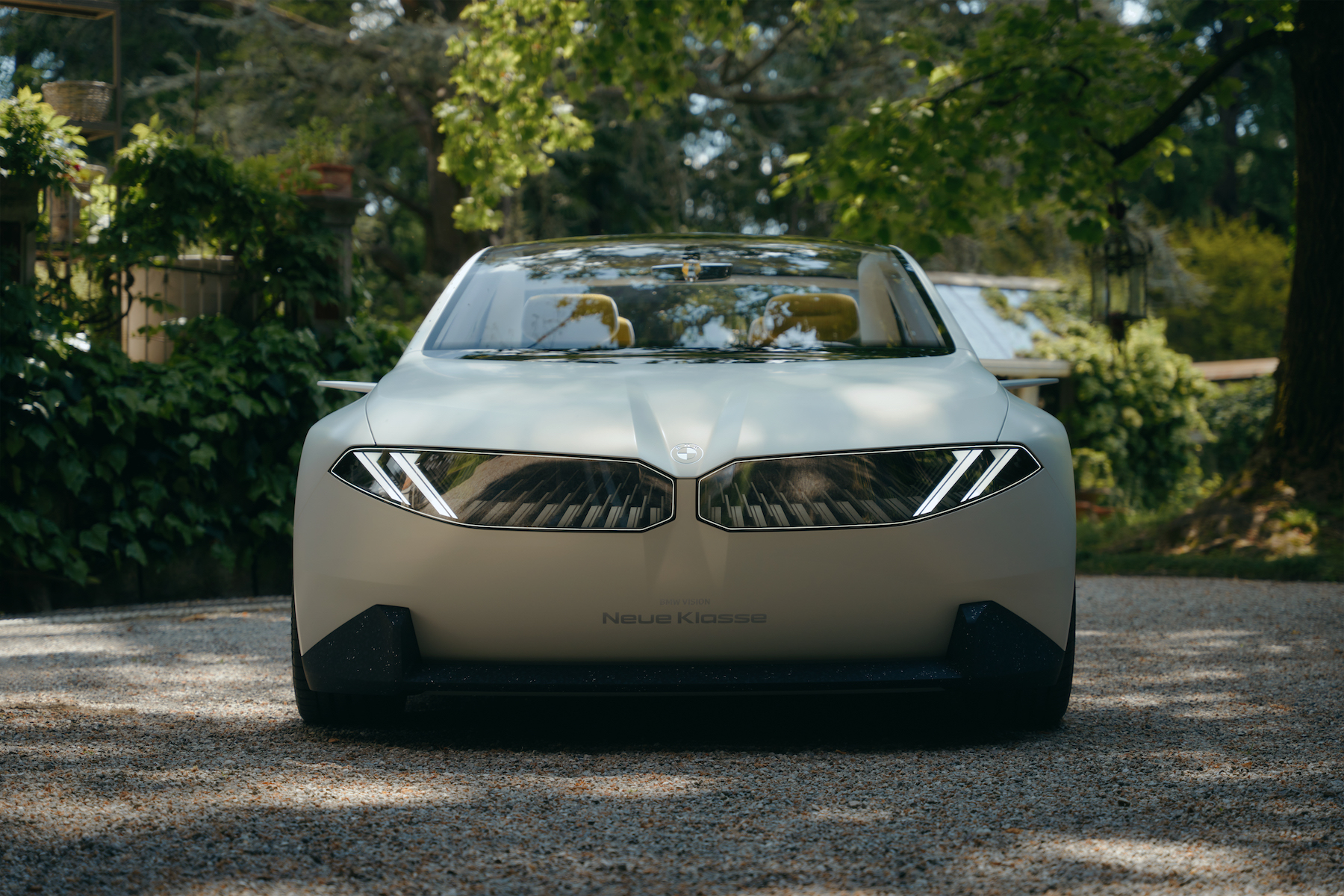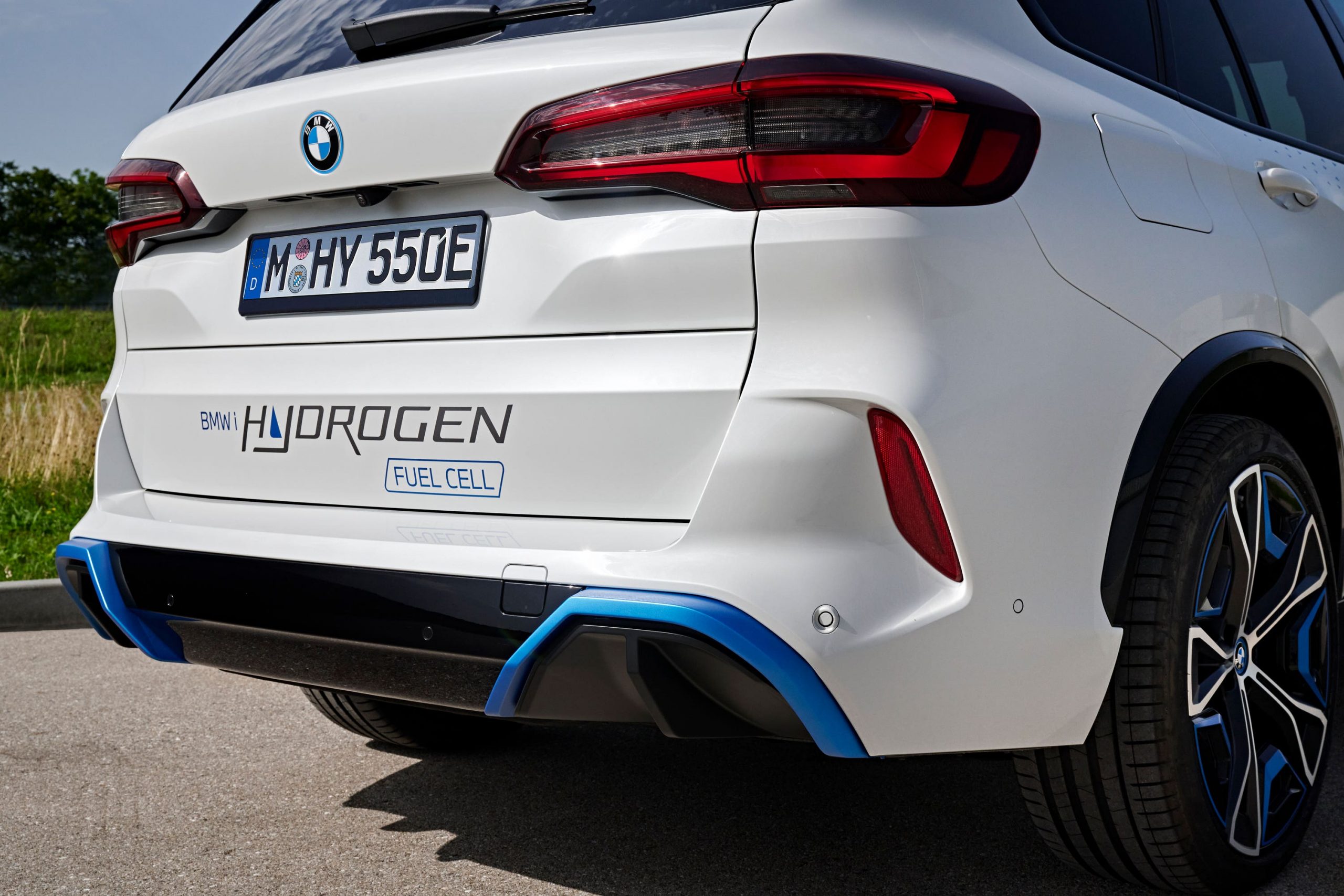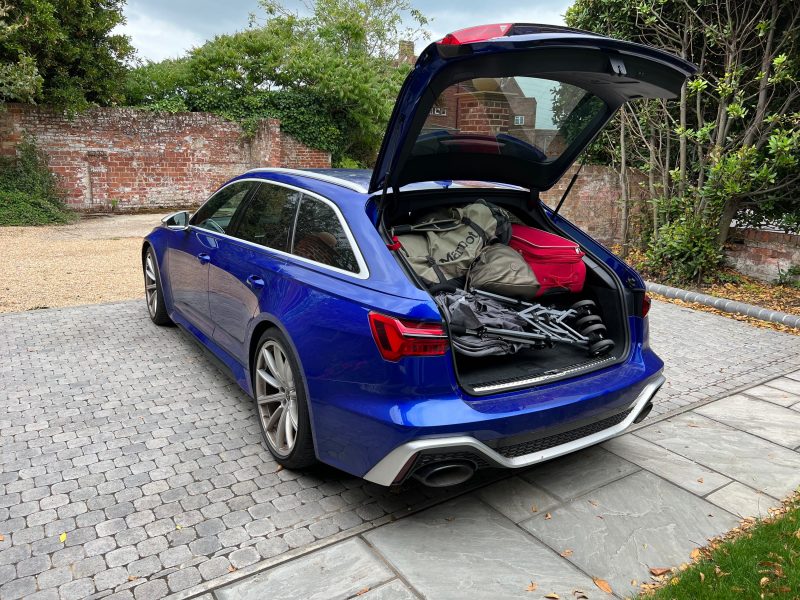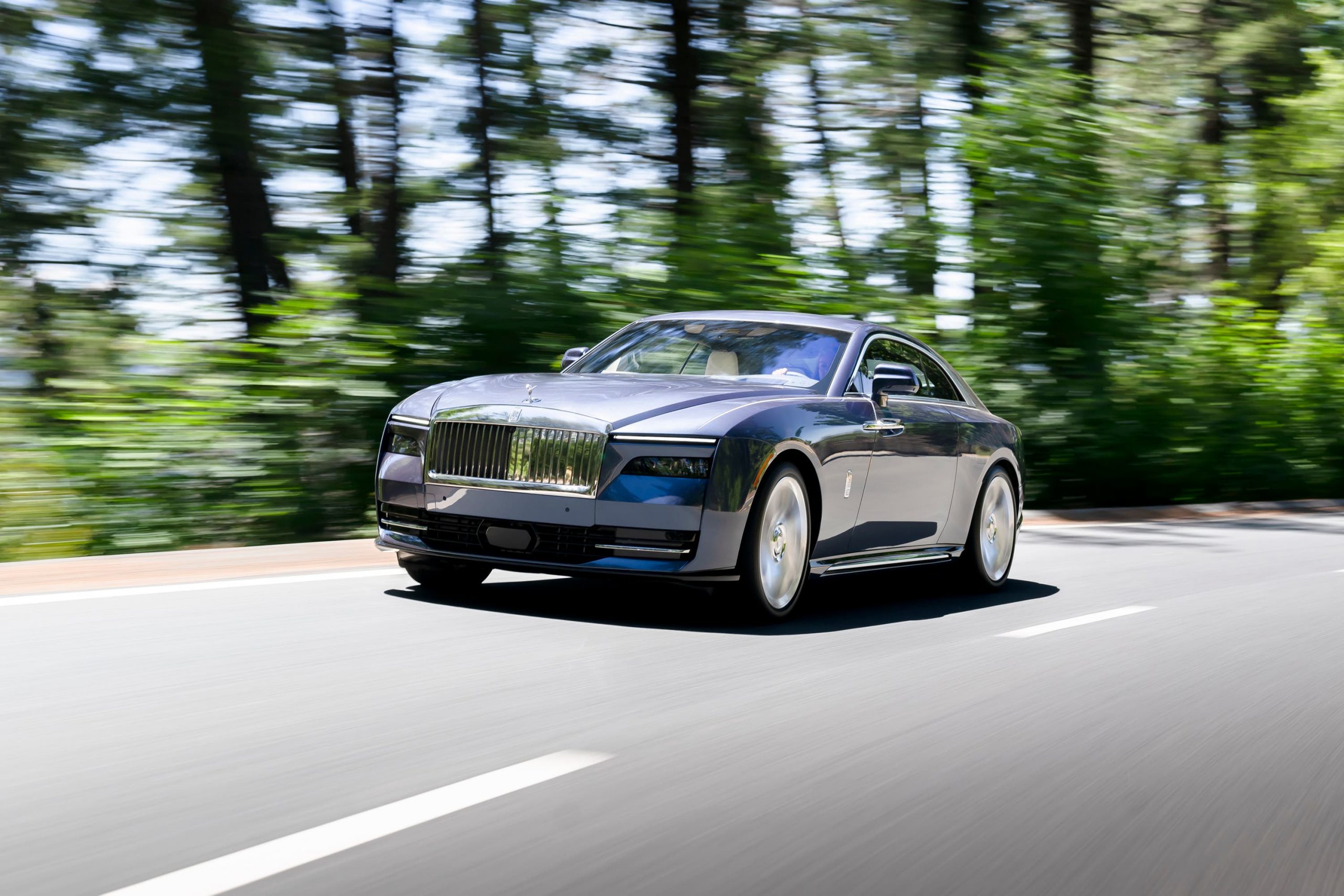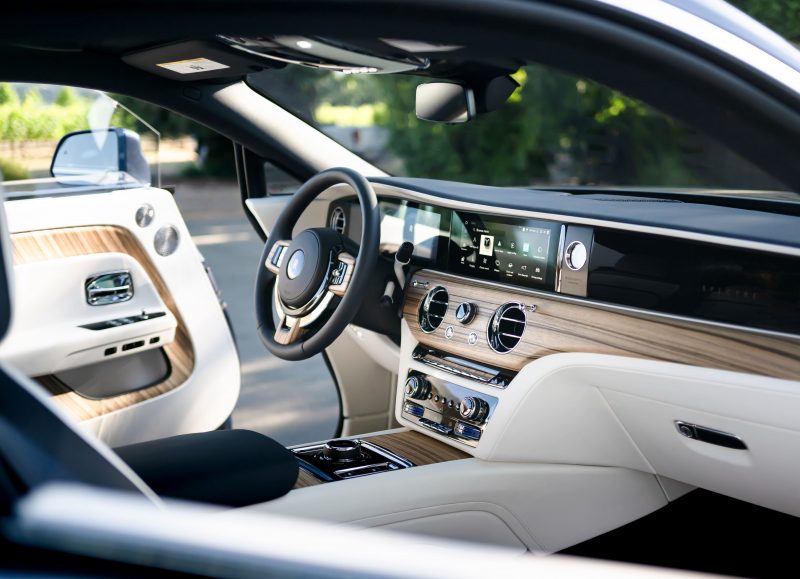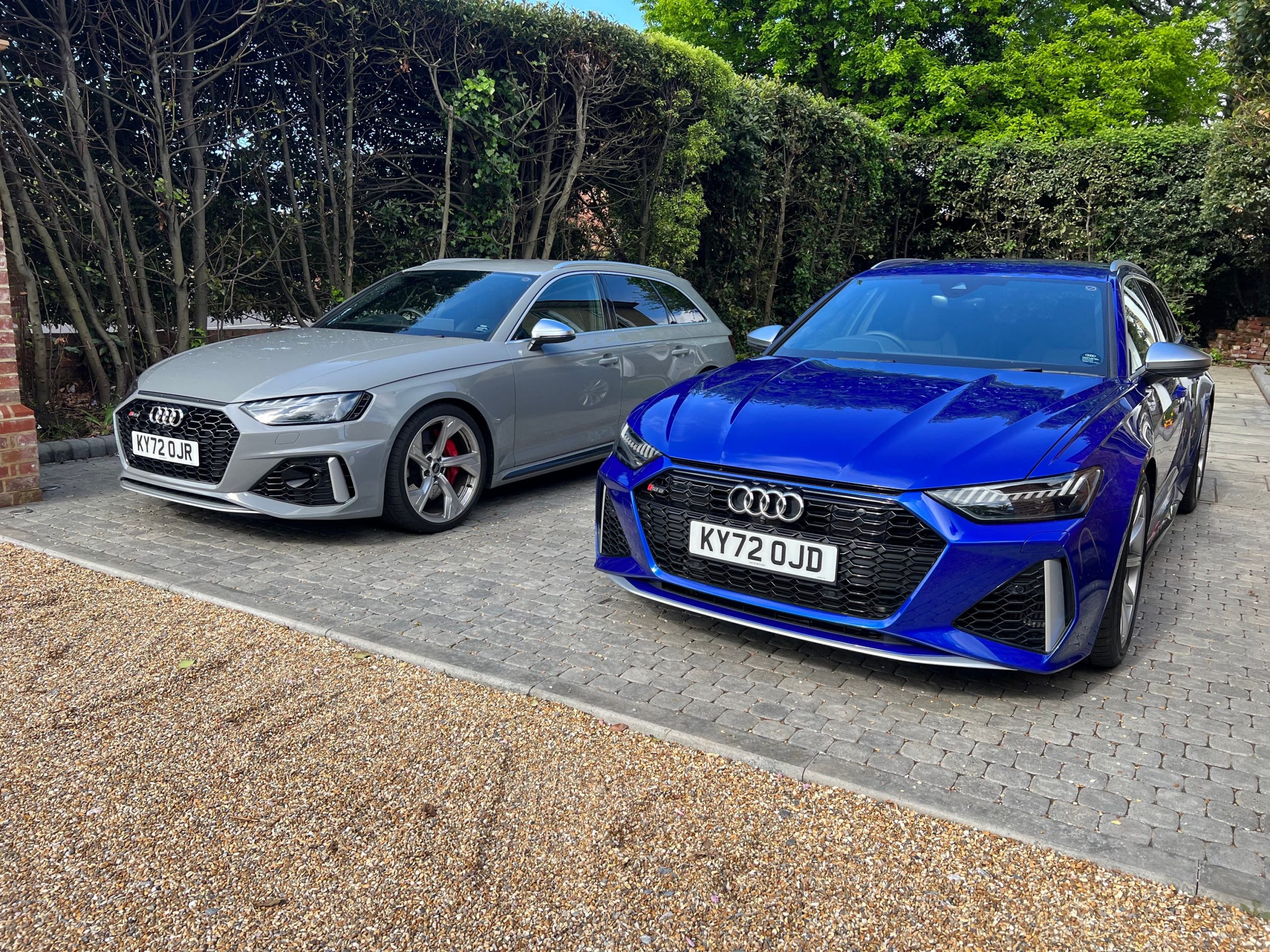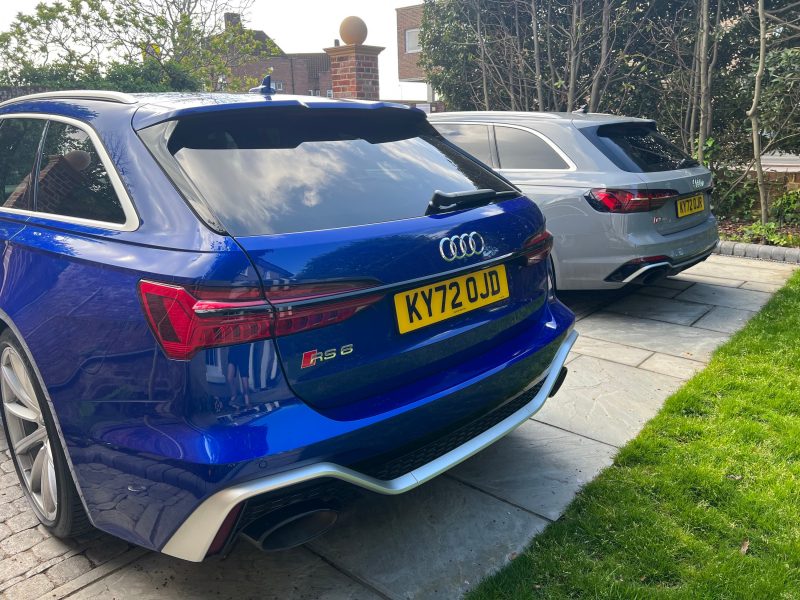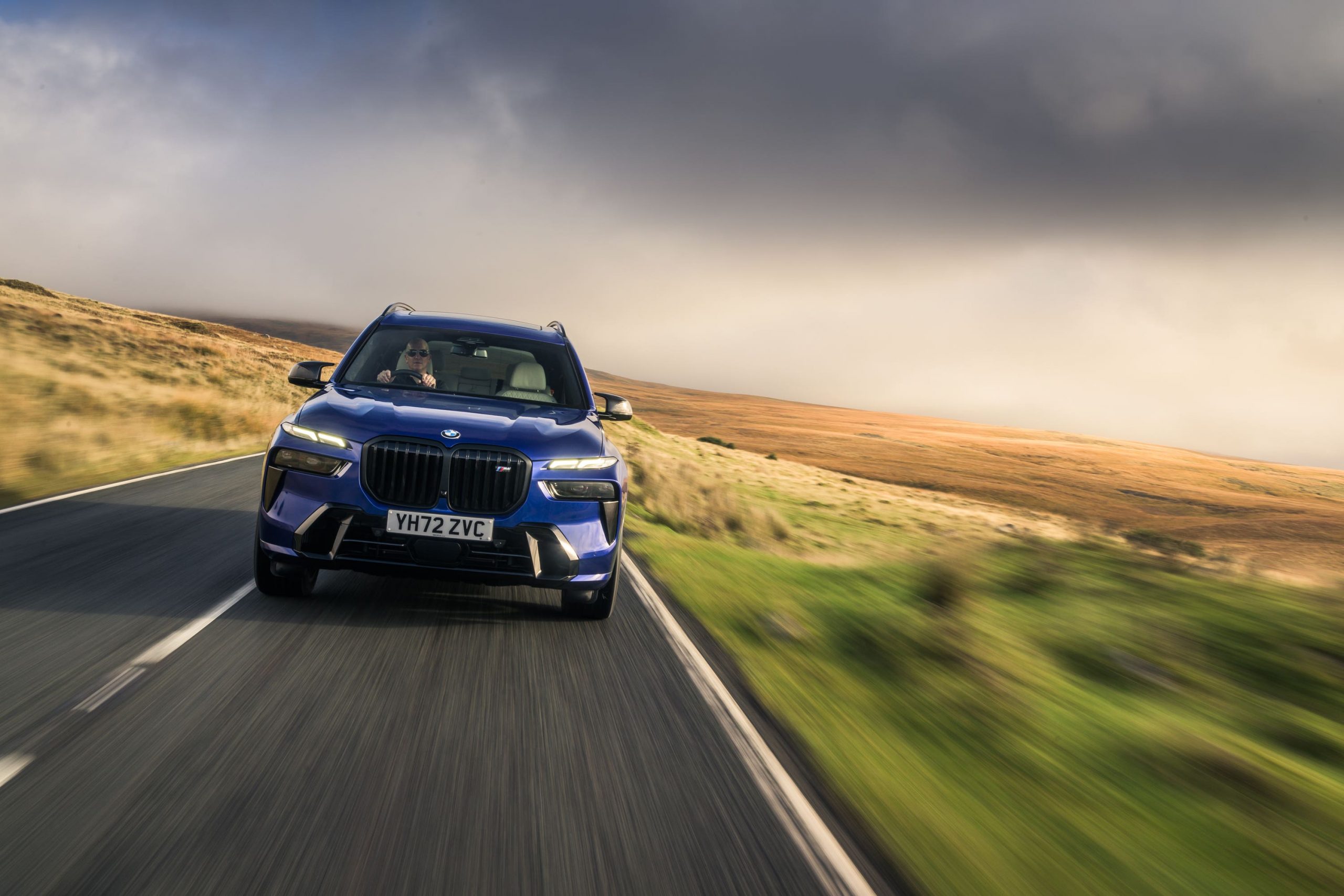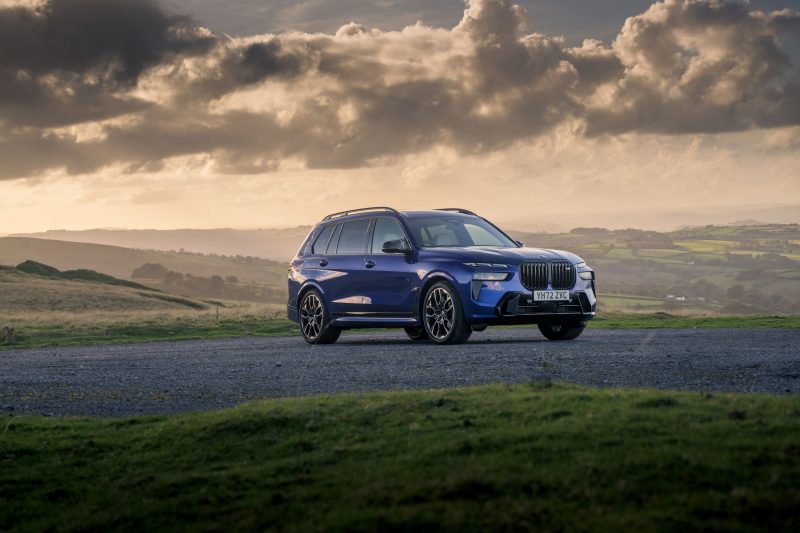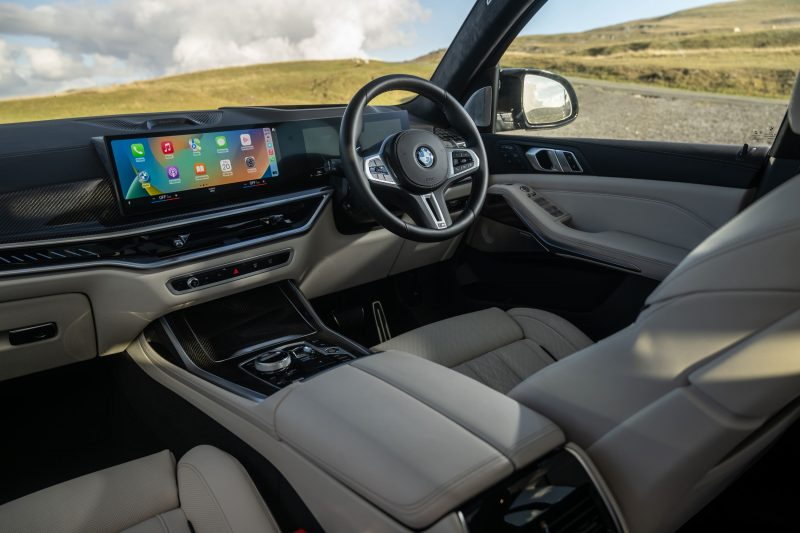Making the switch to an electric car is a big transition – and one that needs careful thought and consideration.
Owning an EV and using it as a daily driver works for many people, but there are other circumstances where it can become a challenge – even a chore – when compared to a petrol or diesel equivalent.
But with the government-mandated transition to electric vehicles already begun, it’s a change in lifestyle that many drivers will have to make in the coming years.
My choice was made for me. I have been very fortunate to run a very-much-petrol-powered Audi RS6 for the past nine months, but in February that was swapped for an electric SUV – Audi’s SQ8 e-tron.
Now, a few weeks into life with the new model is probably the perfect time for some reflection, but before I get on to that, a quick ode to the Audi that went before it.
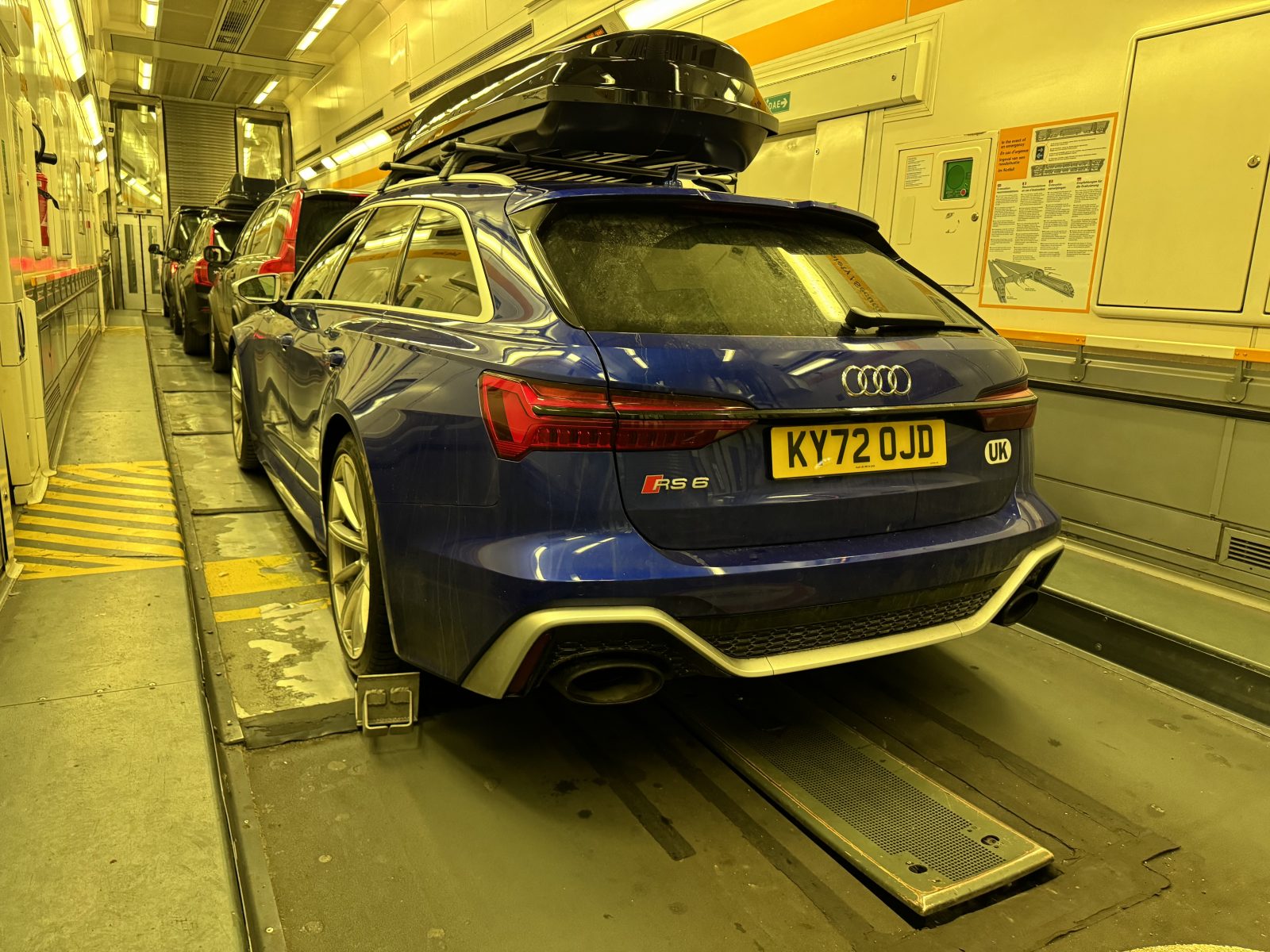
The last hurrah for the RS6 was a family trip to the Alps for our annual ski holiday. Four up and packed with kit, the RS6 devoured middle France with aplomb. Complete with top box, it easily swallowed all of the equipment needed and was incredibly comfortable for the entire 13-hour journey to Chamonix.
Audi had swapped the tyres for all-weather winters before the trip and I was glad they did. A huge dump of snow continued for the entire week we were there and the Audi’s four-wheel-drive and snow tyre combination made it practically unstoppable.
The tyres had huge grip and it managed to climb hills that had left many other cars stranded at the roadside. It was a wonderful last trip for the RS6 and made it very hard indeed to hand the keys back.
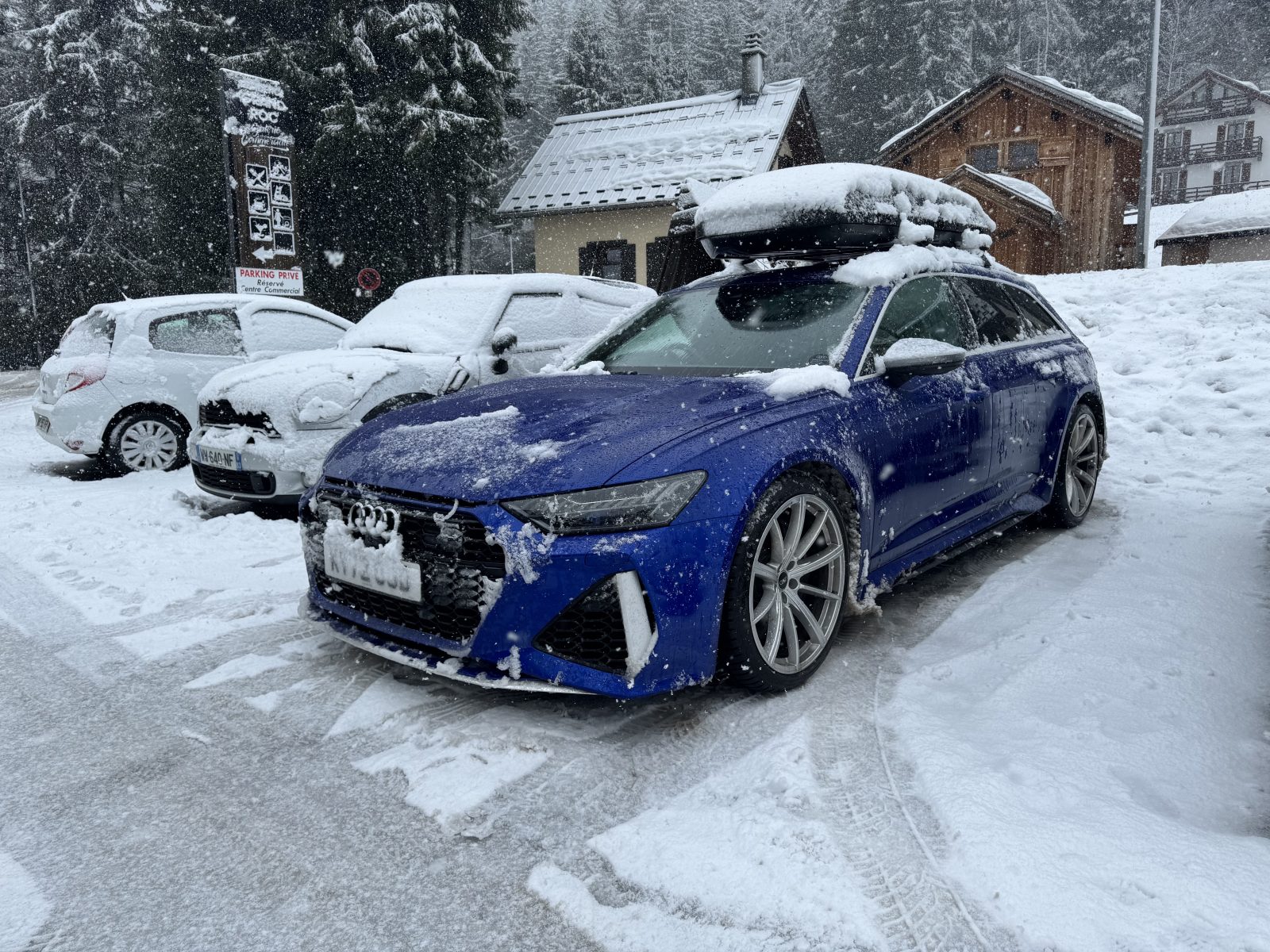
In the meantime, I had been preparing for the arrival of the SQ8 by attempting to get a charger installed. I live in a listed building so it wasn’t the easiest of processes. The council required a full planning application to be submitted – at a cost of more than £500 – just to get it signed off. A public consultation on the tiny box was also required and, all in, it was an eight-week-long wait to finally get the nod.
I chose PodPoint as the provider as they were recommended by Audi, but I can’t say I endorse them. The install was relatively pain-free, as I had planned a power supply to my garage in anticipation of one day adding a charger to the drive, but when I went to use it for the first time it didn’t work.
You’d think plugging a car into a socket would be as simple as you kettle, or a laptop, but sadly not. The Audi blamed the charger and the charger blamed the car. After a call to both Audi’s technicians and the PodPoint customer services team, the latter logged into the charger over wifi and made some adjustments. After that it worked, but I was left baffled at why something that should have been so simple, was so hard.
I must admit I found the first couple of weeks hard to adjust to the new Audi. It didn’t help that it has an awfully annoying speed limit warning ‘bong’ that sounds even 1mph over the speed limit. Now I’m not admitting to being a reckless driver here, but I am sure all of us have accidentally clicked 1mph over the speed limit now and again. What you don’t need is a constant alarm telling you you’re doing it.
Apparently, this isn’t an Audi thing, but a mandated addition to all new cars from 2024 onwards. I have worked out a way to turn it off in the SQ8 – but it’s buried deep in the car’s digital systems and has to be turned off every time you get in the car. If I am brutally honest it’s enough to make me not want to buy a new car ever again – but reporting on them is kind of my job.
I have also been a little shocked by the Audi’s range. This is a car that costs, wait for it, £118,105 and most of the time I struggle to get more than 200 miles range out of a full charge.
Theoretically, the car should offer 265 miles, but I’ve never seen anywhere close to that. Now I don’t really buy the argument that ‘most people don’t need to travel further than that’, because occasionally I do – and when I do it means battling with the woeful public charging infrastructure.
That last point is something most people will desperately want to avoid. There are still too many different apps needed to get them to work, far too many are out of order and when you do get connected they’re painfully expensive to use.
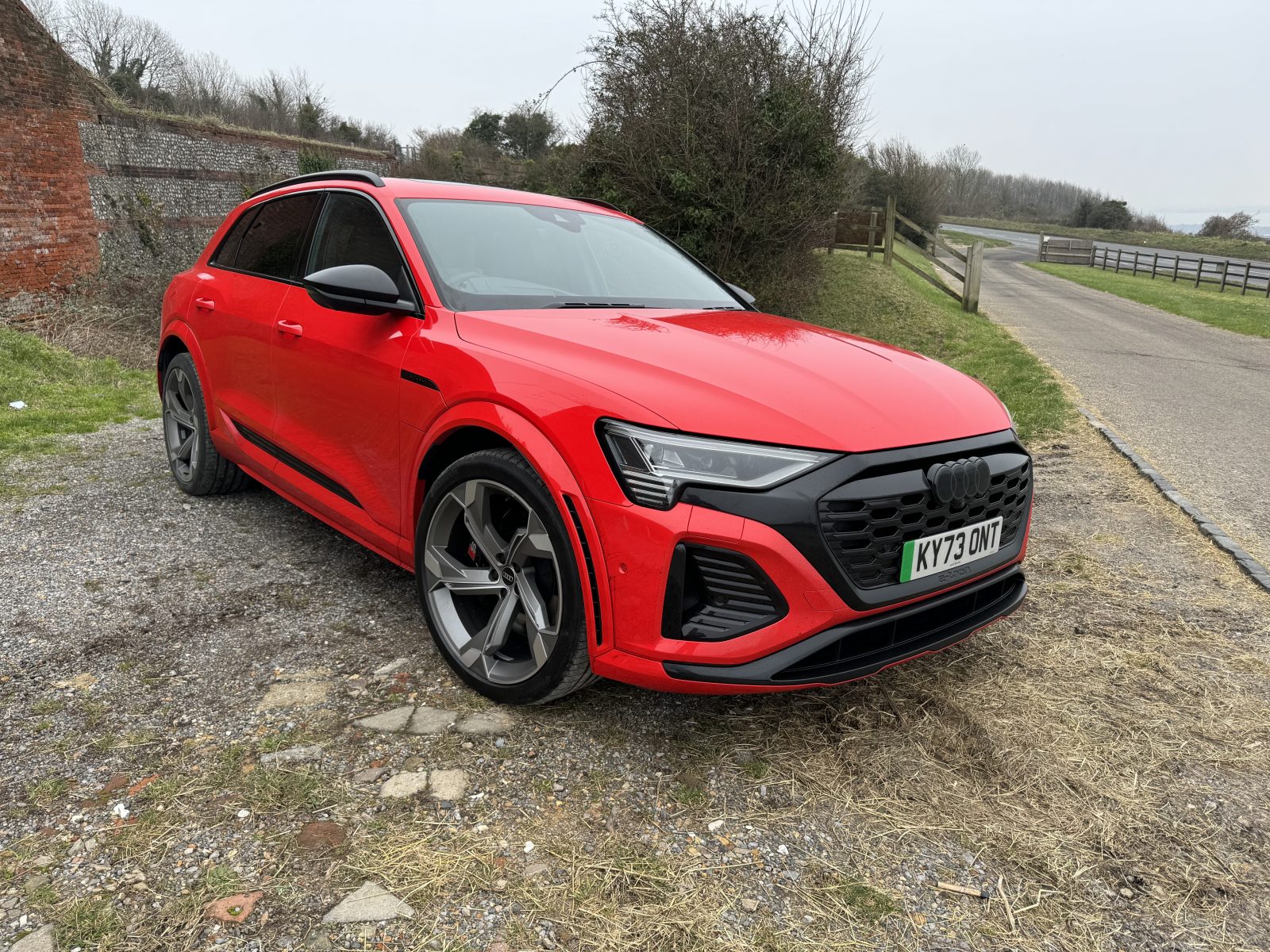
Talking of cost, the Audi isn’t really that cheap to run either. I’m paying between £50-£100 per week on my electric bill to top the car up which is largely the same amount I was using in fuel for the RS6. I have recently fixed on a standard tariff which works out best for us as we work from home too, so can’t even get a cheaper electric car rate.
I’m trying to remain positive about life with an electric car because the Audi is actually very nice to drive. It’s comfortable, quiet and has some clever tech. I’m still getting used to a lot of it and the shock (pun intended) of switching to an EV, but at least it’ll be an interesting experiment over the next few months.
Next time I’ll delve into the details of the SQ8 a little further and let you know whether I’ve finally managed to get used to life with an EV. I promise I’ll try.
Facts at a glance
Model: Audi SQ8
Price as tested: £118,105
Engine: Electric motor with 114kW battery
Power: 496bhp
Torque: 973Nm
0-60mph: 4.5 seconds
Top speed: 130mph
Range: 265 miles (claimed)
Emissions: 0g/km CO2
Mileage: 1,346

